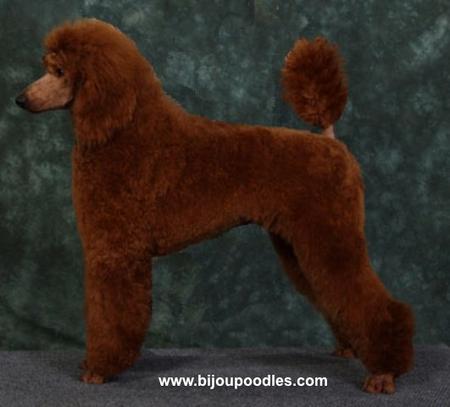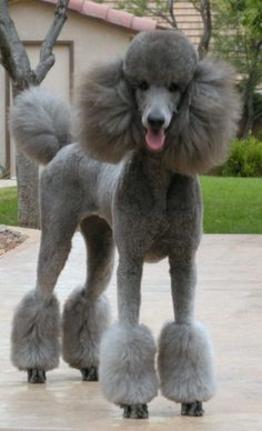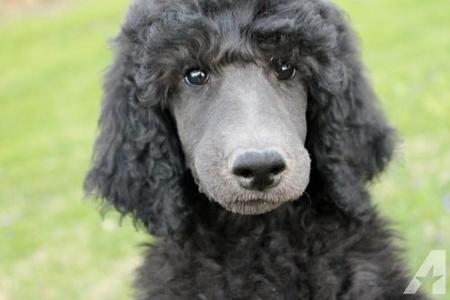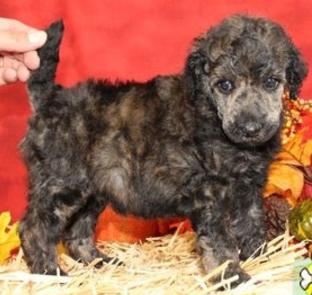Standard Poodles were a new breed for me when starting this breeding journey. My Grandma bred miniature poodles when I was younger, and after she stopped had a couple until they passed of old age. I loved them but I had never been around a Standard Poodle. When We first got Luke, I instantly fell in love. Standard Poodles have such an elegant air about them but at the same time have a goofy personality. I also think they are the most loyal dogs. They are very people oriented and like to be with their humans.
If you want a dog who…
- Is medium to large, combining sturdiness and athleticism with elegance and grace.
- Has a curly coat that is virtually non-shedding (the best-coated breed for allergy sufferers).
- Comes in a variety of colors.
- Is lively and playful.
- Is one of the brightest and most attentive of all breeds, such a skilled reader of body language and expression, that he often appears telepathic.
- Is easy to train and housebreak.
- Is usually polite with strangers and sociable with other animals.
A Standard Poodle may be right for you!
Poodles are ranked as the second smartest dogs. They excel as therapy dogs, agility dogs, obedience classes, and trials, as well as hunting. This is not a breed for anyone who will stick them in the backyard and not pay attention to them. They need mental stimulation and human interaction. Poodles love the water true to what they were originally bred for. They also love to run/bounce and retrieve.
They make great watchdogs most of the time and have mild (sensible) protective skills while not having an aggressive bone in their body. Early socialization is key in making sure they are not timid or reserved as an adult.
Poodles were originally bred to hunt. The body type is a reflection of that. They have a square-proportioned body with a graceful appearance and proud carriage. Their stride is springy, effortless, and light. Their coat is dense, curly, and harsh. Traditionally their clips were used for ornamental and functional purposes. Puppy, Continental, English saddle, and sporting are the types of acceptable clips for Show Poodles.
Life Span: 10-15 years
Height: 18-24 inches at withers
Weight:
Males – 45-70lbs
Females – 45- 60lbs
Grooming: You will spend more money grooming a poodle than any other breed. Depending on the amount of brushing and the look you want determines how long in between clips. I have learned to clip our poodles myself. If you have patience and start with you poodle young this is something that they won’t mind and will save you a ton of money. I plan to do some tutorial videos on basic grooming of poodles in a pet clip. The key to doing it yourself is buying good clippers and supplies upfront. I have been through several cheaper pair of clippers before buying a nice pair that lasted. To keep them in a pet clip they need to be groomed every 6-8 weeks. I groom mine more regular and if not their whole body their feet and face.
Poodle Clips
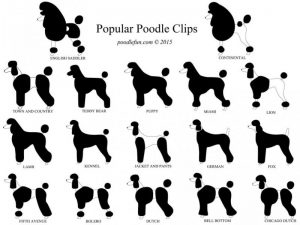
Poodle Color
All pictures were found on google and aren’t mine



